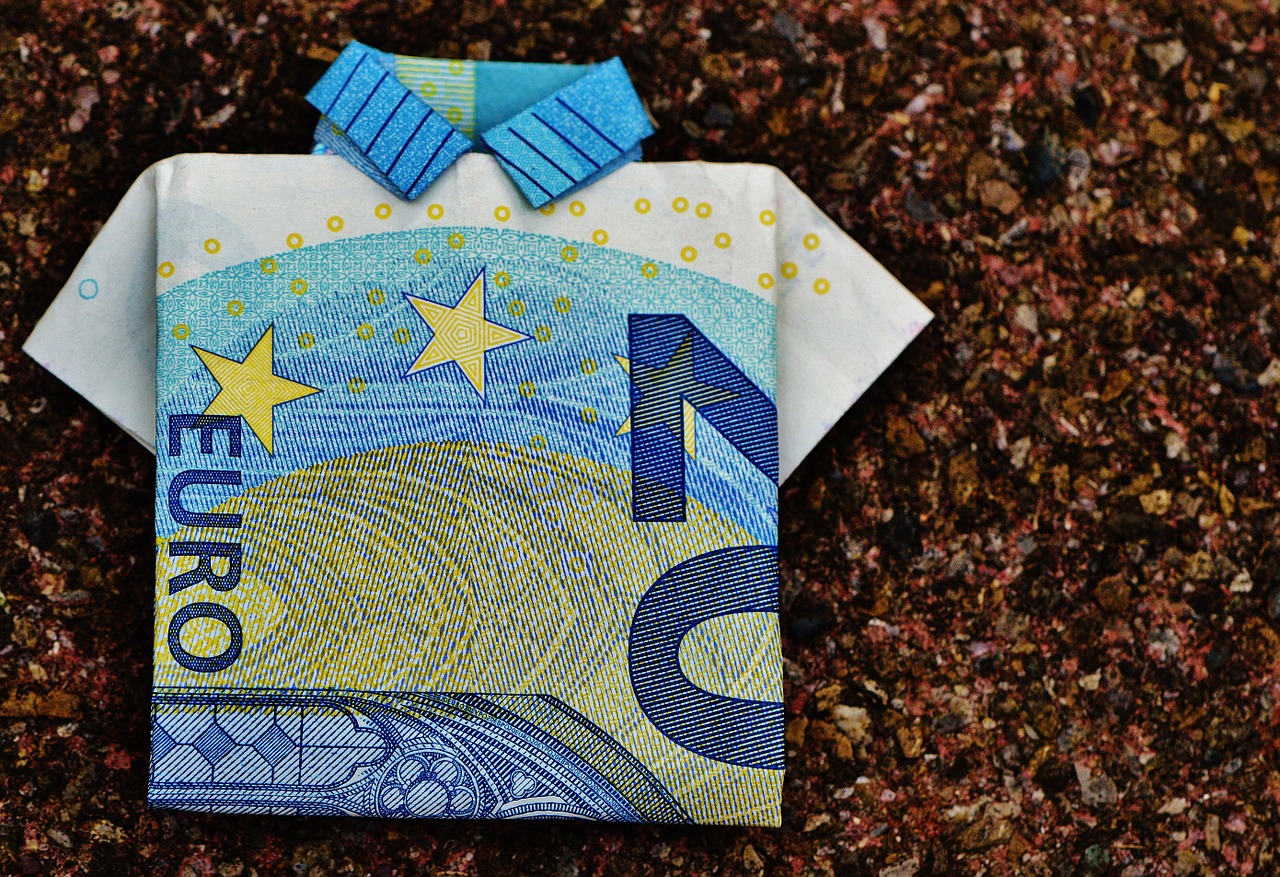On Tuesday, trading in the British pound remained relatively calm, as the currency managed to stay neutral against the euro, but surged against the broadly weaker dollar on the day of the presidential elections in the United States. Traders are waiting to see what direction the sterling will take, as it is likely that the British currency will partly be governed by the post-election effect on the greenback. Another element that could cause some swing in the pound either way is the imminent departure of Britain from the European Union. However, in the derivatives market, the overnight implied volatility gauges of sterling rose to nearly 19%, which is the highest they have been since March.
This was a reflection of the traders’ angst ahead of the presidential elections in the U.S. and it is expected that there will be wild swings in the currency in the near term, as England entered into a full lockdown this week and Brexit trade deal negotiations are currently undergoing. Market analysts said that it appeared to be a perfect storm for the sterling because there are three factors that can have an impact on it and their outcome remains unclear. These are Brexit, COVID-19 and the U.S. elections.
With so many uncertain factors at play, it is no wonder that there is high volatility. Market participants are unaware of what the outcome will be, but there is a good chance that Sterling will not stay where it is due to these three prominent risk events. This week, Brexit negotiations will continue and investors are hopeful that a deal will be made between the two trading partners in time to decide their future relationship. Some analysts believe that a trade deal will be signed within this month. Opinion polls have indicated that Democratic candidate Joe Biden is ahead in the race against Donald Trump.
According to analysts, a Biden win may actually weaken the dollar, as he is expected to introduce a big financial stimulus and to take a much more free approach to trade. This would give other currencies a boost at the expense of the U.S. dollar, which includes the British pound. Sterling had been trading last at $1.2964, which was an increase of 0.4%. In the last six months, the currency has increased by almost 4%, as the dollar’s strength has waned. As compared to the Euro, the British currency has remained flat and in the last six months, it has actually declined against it by almost 3%.
The day before, Sterling had slumped over worries about the fresh coronavirus lockdown that has been imposed in England for stopping the spread of the coronavirus. This lockdown is expected to have a difficult impact on the British economy and the finances. On Monday, the country’s financial watchdog said that they would extend payment holidays on car finance, credit cards, pawned goods and personal loans before tougher coronavirus restrictions would be put into effect in this week. British Prime Minister also said that government would provide 80% support to self-employed workers.
